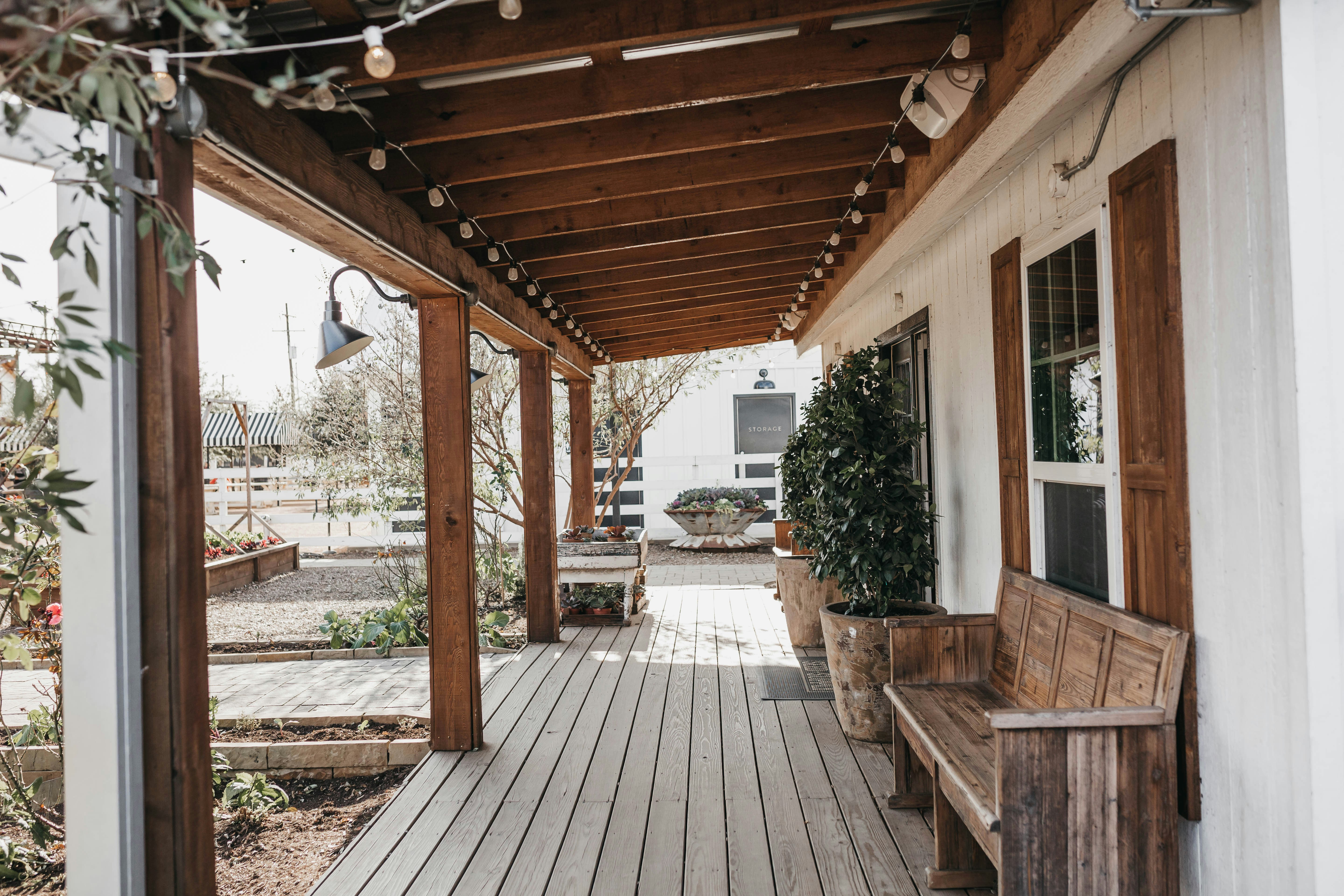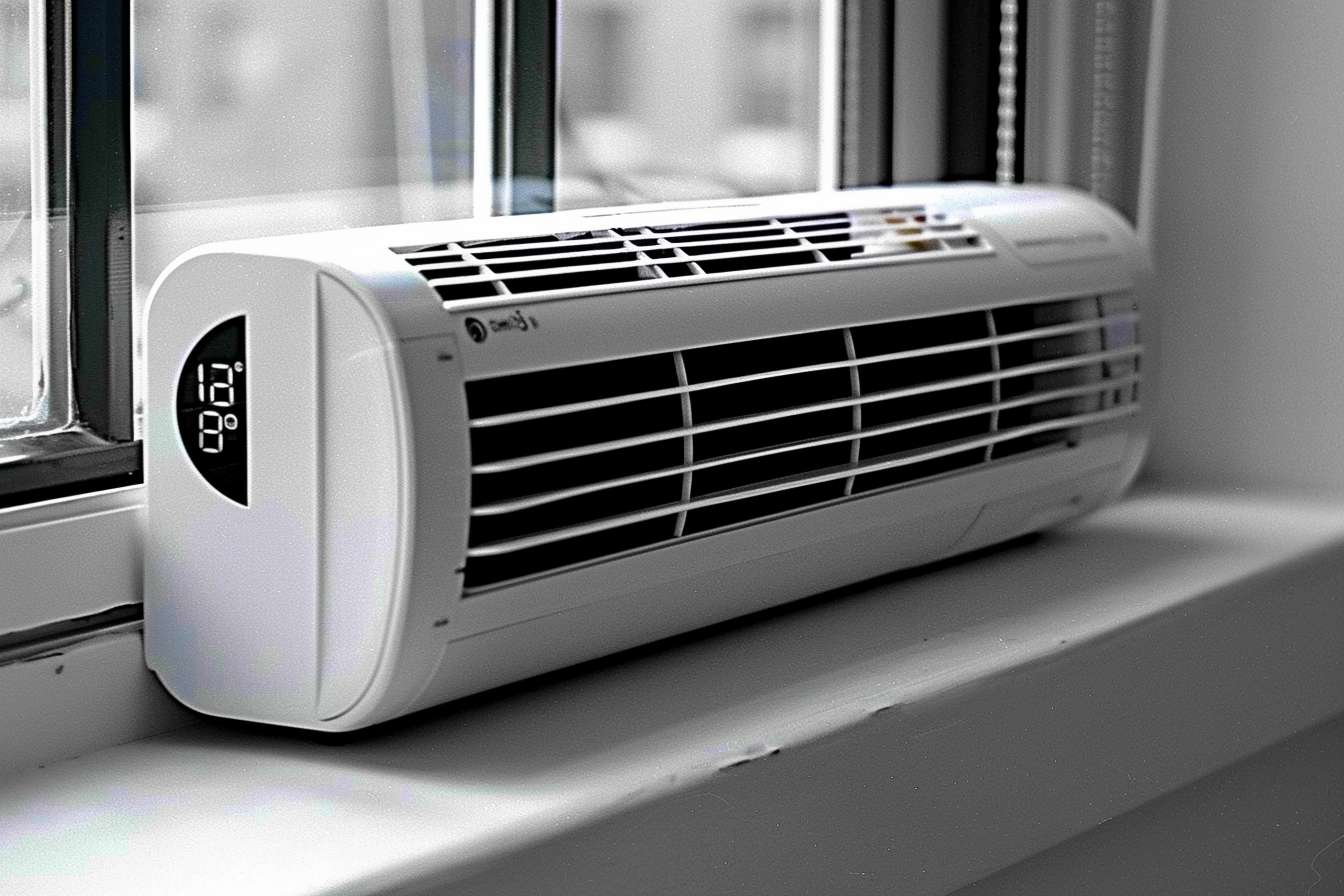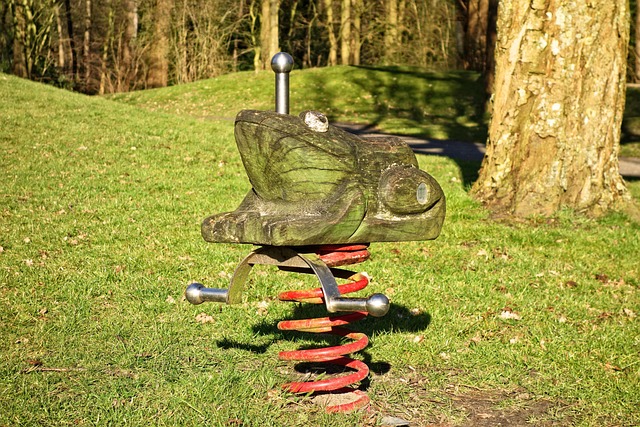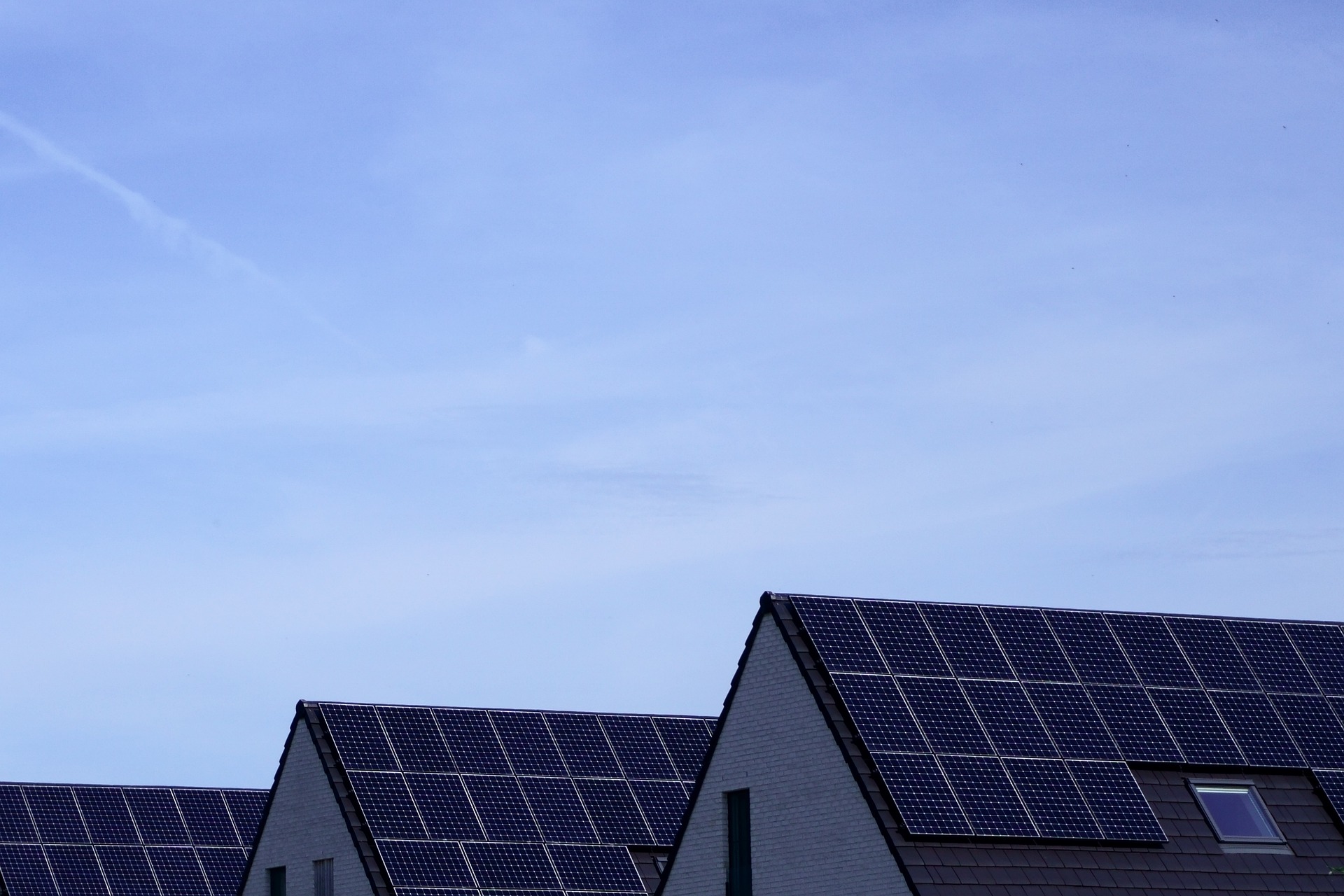Fence Panels: Types, Costs, and Enhancing Your Garden's Appeal
Fence panels offer privacy, security, and curb appeal. From wood to vinyl to composite options, discover styles and sizes that fit your needs and enhance your home’s outdoor aesthetics. See the different types of fence panels that best suits your home.

What are the most common types of fence panels?
Fence panels come in a wide variety of materials and styles, each offering unique benefits and visual appeal. Some of the most common types include:
-
Wood fence panels: Traditional and versatile, wood panels can be stained or painted to match your home’s exterior. They offer a natural look and can be customized in various styles, such as picket, lattice, or solid board.
-
Vinyl fence panels: Low-maintenance and durable, vinyl panels resist rot, fading, and insect damage. They come in various colors and styles, mimicking the look of wood without the upkeep.
-
Metal fence panels: Often made of aluminum or steel, metal panels offer strength and security. They can be powder-coated in different colors and come in various designs, from ornate to modern.
-
Composite fence panels: Made from a blend of wood fibers and recycled plastic, composite panels offer the look of wood with improved durability and lower maintenance requirements.
-
Bamboo fence panels: Eco-friendly and natural-looking, bamboo panels provide a tropical or zen-like atmosphere to your garden.
How do different fence panel styles impact privacy and security?
The style of fence panel you choose can significantly impact the level of privacy and security your garden fence provides:
-
Solid panels: Offer maximum privacy and security by completely blocking the view from outside.
-
Semi-private panels: Feature small gaps or decorative elements that allow some visibility while still maintaining a good level of privacy.
-
Lattice-top panels: Combine a solid lower section with an open lattice design on top, balancing privacy with an airy feel.
-
Picket panels: Provide minimal privacy but can keep small children and pets contained while maintaining an open, welcoming appearance.
-
Louvered panels: Feature angled slats that allow air flow while still offering a good degree of privacy.
What factors affect fence panel cost?
The cost of fence panels can vary widely depending on several factors:
-
Material: Generally, wood and bamboo panels are the most affordable, while vinyl, composite, and metal panels tend to be more expensive.
-
Panel size: Larger panels typically cost more but may reduce installation time and labor costs.
-
Quality and durability: Higher-quality panels with better weatherproofing and longevity often come with a higher price tag.
-
Style and design: Intricate or custom designs usually cost more than simple, standard panels.
-
Brand: Well-known brands may charge a premium for their products.
How can fence panels enhance your garden’s aesthetics?
Fence panels can significantly improve your garden’s overall look and feel:
-
Color coordination: Choose panels that complement your home’s exterior and garden elements.
-
Texture: Mix and match different panel textures to create visual interest.
-
Vertical gardening: Use panels as a backdrop for climbing plants or attach planters for a living wall effect.
-
Lighting: Incorporate outdoor lighting to highlight your fence panels and create ambiance.
-
Decorative elements: Add post caps, finials, or decorative inserts to personalize your fence.
What are the average costs of different fence panel types?
To give you an idea of the costs associated with different fence panel types, here’s a comparison table of some popular options:
| Fence Panel Type | Material | Average Cost per Panel (6’ x 8’) |
|---|---|---|
| Wood (Cedar) | Natural Cedar | $50 - $100 |
| Vinyl | PVC | $80 - $150 |
| Metal (Aluminum) | Powder-coated Aluminum | $100 - $200 |
| Composite | Wood-plastic Composite | $90 - $180 |
| Bamboo | Natural Bamboo | $40 - $80 |
Prices, rates, or cost estimates mentioned in this article are based on the latest available information but may change over time. Independent research is advised before making financial decisions.
It’s important to note that these prices are for the panels only and do not include installation costs, which can vary depending on your location, terrain, and the complexity of the project.
How can you maintain and extend the life of your fence panels?
Proper maintenance can significantly extend the life of your fence panels:
-
Regular cleaning: Remove dirt and debris with a soft brush or pressure washer (on a low setting).
-
Sealing and staining: For wood panels, apply a sealant or stain every 2-3 years to protect against moisture and UV damage.
-
Prompt repairs: Address any damage, such as loose boards or rust spots, as soon as you notice them.
-
Trimming vegetation: Keep plants and trees from growing too close to your fence to prevent moisture buildup and potential damage.
-
Proper drainage: Ensure water doesn’t pool around the base of your fence to prevent rot and warping.
By considering the various types of fence panels, their costs, and how they can enhance your garden’s appeal, you can make an informed decision when choosing the right fence for your home. Remember to factor in both the initial cost and long-term maintenance requirements to find the best option for your needs and budget.




